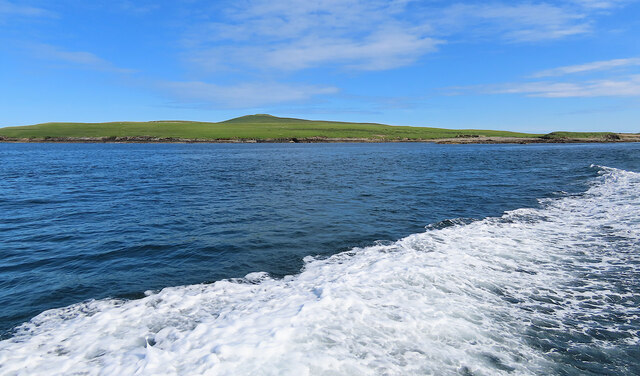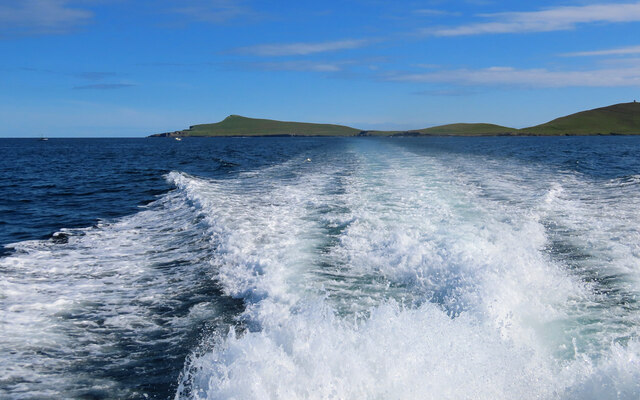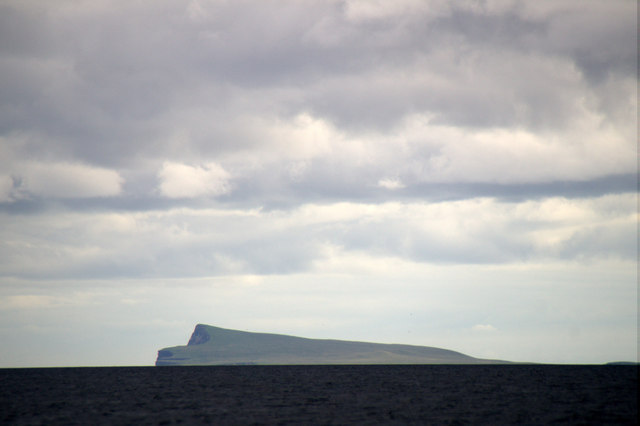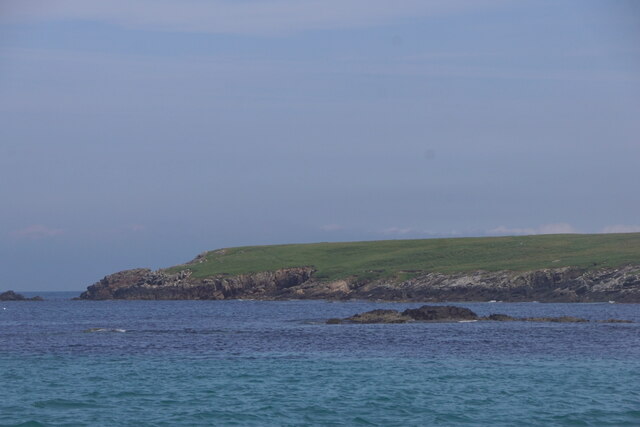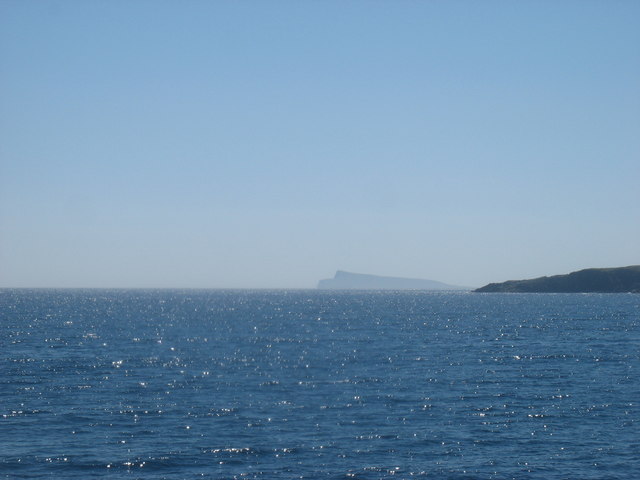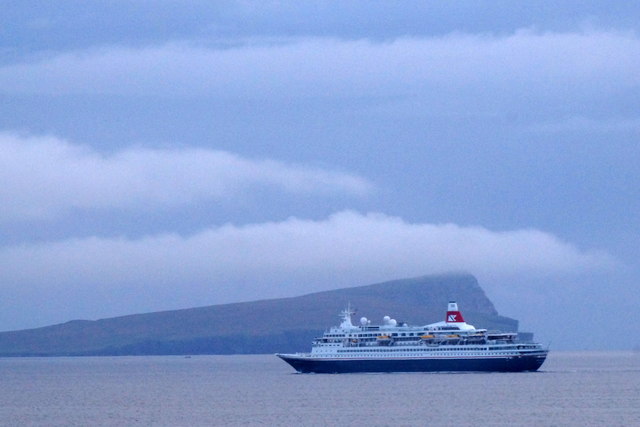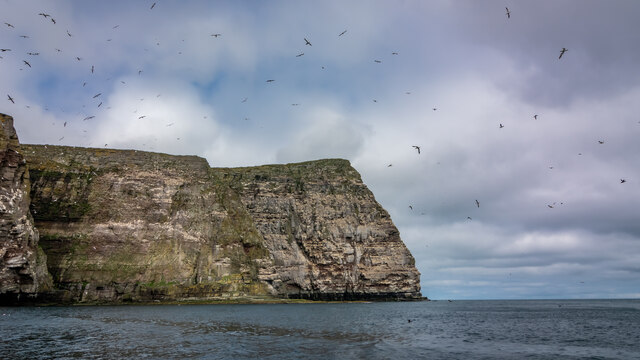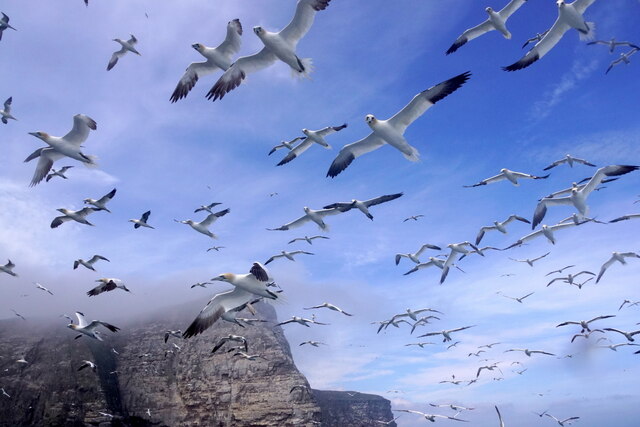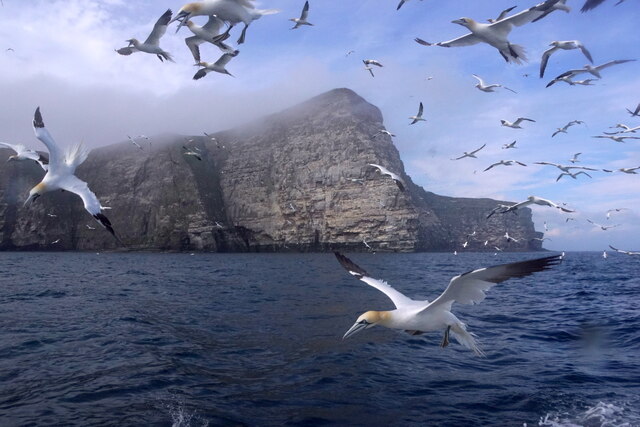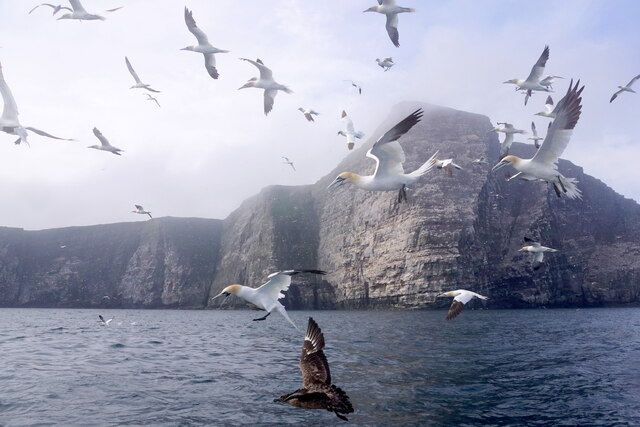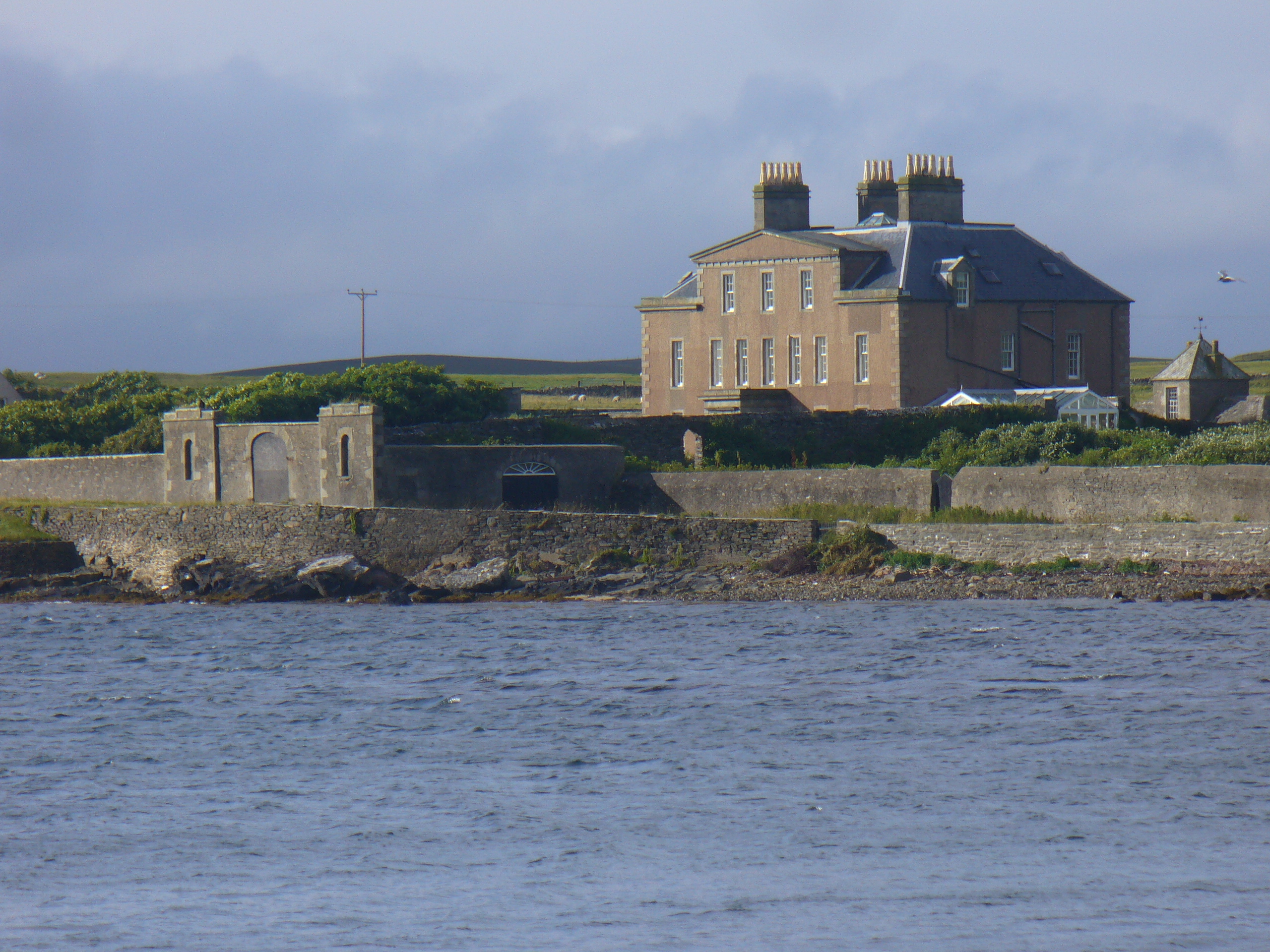West Punds Geo
Coastal Feature, Headland, Point in Shetland
Scotland
West Punds Geo
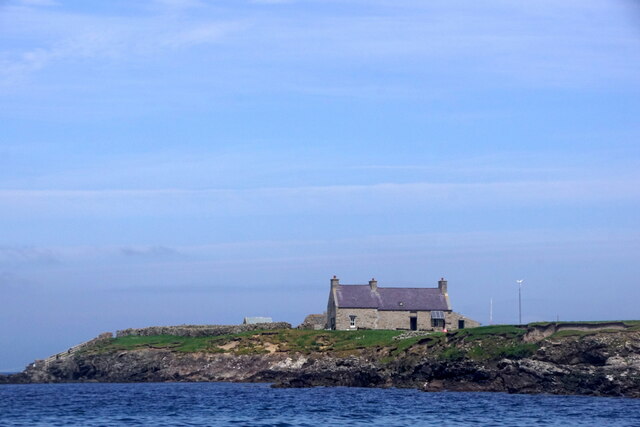
West Punds Geo is a prominent coastal feature located in the Shetland Islands, Scotland. Situated on the western coast of the main island, it is a headland that juts out into the North Atlantic Ocean. Characterized by its rugged cliffs and rocky terrain, it offers breathtaking views of the surrounding landscape.
The headland is formed by the erosion of the underlying rock, which has created steep cliffs that reach heights of up to 100 meters. These cliffs provide nesting sites for various seabirds, including puffins, guillemots, and razorbills, making it a haven for birdwatchers and nature enthusiasts.
The area surrounding West Punds Geo is also known for its rich marine life. Visitors can often spot seals and otters swimming in the waters below, while occasional sightings of dolphins and whales add to the allure of the place.
Access to West Punds Geo is relatively easy, with a well-defined footpath leading to the headland. The path, which is maintained by the local authorities, offers visitors a safe and enjoyable way to explore the area. However, caution is advised as the cliffs can be steep and slippery, especially during wet weather.
The location of West Punds Geo, on the western coast of Shetland, means that it is exposed to the full force of the Atlantic weather. Strong winds and crashing waves are common, creating a dramatic and awe-inspiring atmosphere.
Overall, West Punds Geo is a captivating coastal feature that showcases the raw beauty of the Shetland Islands. Its rugged cliffs, diverse wildlife, and stunning views make it a must-visit destination for those seeking an authentic and unforgettable coastal experience.
If you have any feedback on the listing, please let us know in the comments section below.
West Punds Geo Images
Images are sourced within 2km of 60.151322/-1.0107029 or Grid Reference HU5541. Thanks to Geograph Open Source API. All images are credited.
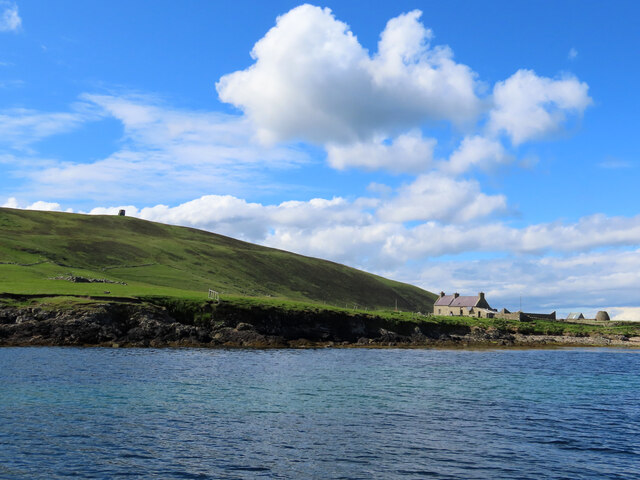
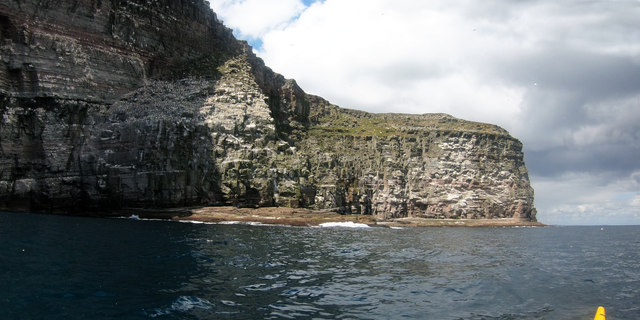
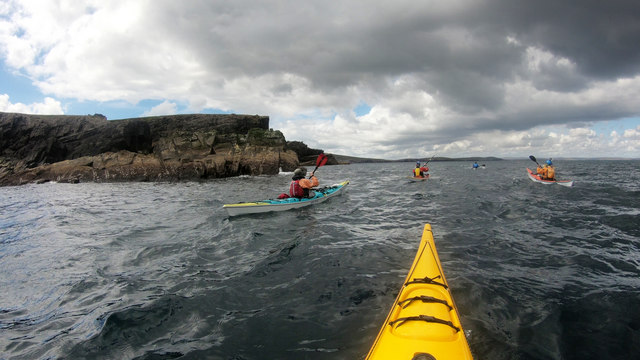
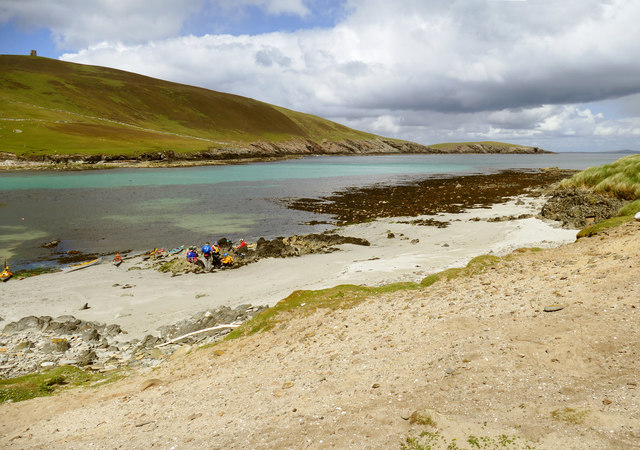
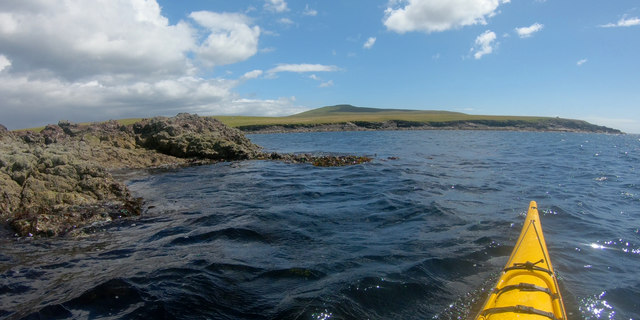
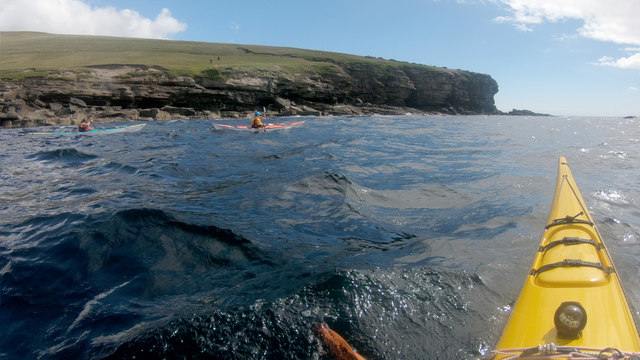
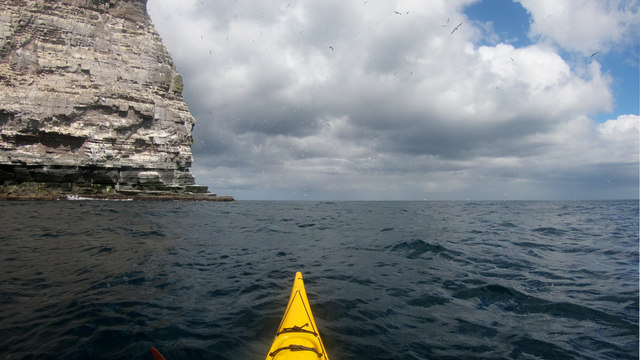
West Punds Geo is located at Grid Ref: HU5541 (Lat: 60.151322, Lng: -1.0107029)
Unitary Authority: Shetland Islands
Police Authority: Highlands and Islands
What 3 Words
///required.instructs.asteroid. Near Lerwick, Shetland Islands
Related Wikis
Isle of Noss
The Isle of Noss or Noss (Scots: Noss) is a small, previously inhabited island in Shetland, Scotland. Noss is separated from the island of Bressay by the...
Holm of Noss
The Holm of Noss or Cradle Holm is an uninhabited islet of the Shetland Islands. It is about 48m at its highest point. == Geography and geology == It is...
Broch of Cullingsburgh
The Broch of Cullingsburgh is an Iron Age broch located in the Shetland islands. == Location == Located on Bressay, off the east coast of mainland Shetland...
Voe of Cullingsburgh
Voe of Cullingsburgh is a large sea loch off the Shetland island of Bressay, voe meaning "sea inlet" in Shetland dialect. The local spelling of the name...
Bressay
Bressay (Scots: Bressa) is a populated island in the Shetland archipelago of Scotland. == Geography and geology == Bressay lies due south of Whalsay, west...
Bressay transmitting station
Bressay transmitting station is a broadcasting transmission facility for the Shetland Islands, located on the isle of Bressay, owned and operated by Arqiva...
Gardie House
Gardie House is an 18th-century estate house on Bressay in Shetland, Scotland. Located opposite Lerwick, across the Bressay Sound, Gardie is described...
Lerwick and Bressay Parish Church
Lerwick and Bressay Parish Church is the largest Church of Scotland congregation in Shetland, serving the islands' capital Lerwick and the surrounding...
Have you been to West Punds Geo?
Leave your review of West Punds Geo below (or comments, questions and feedback).
